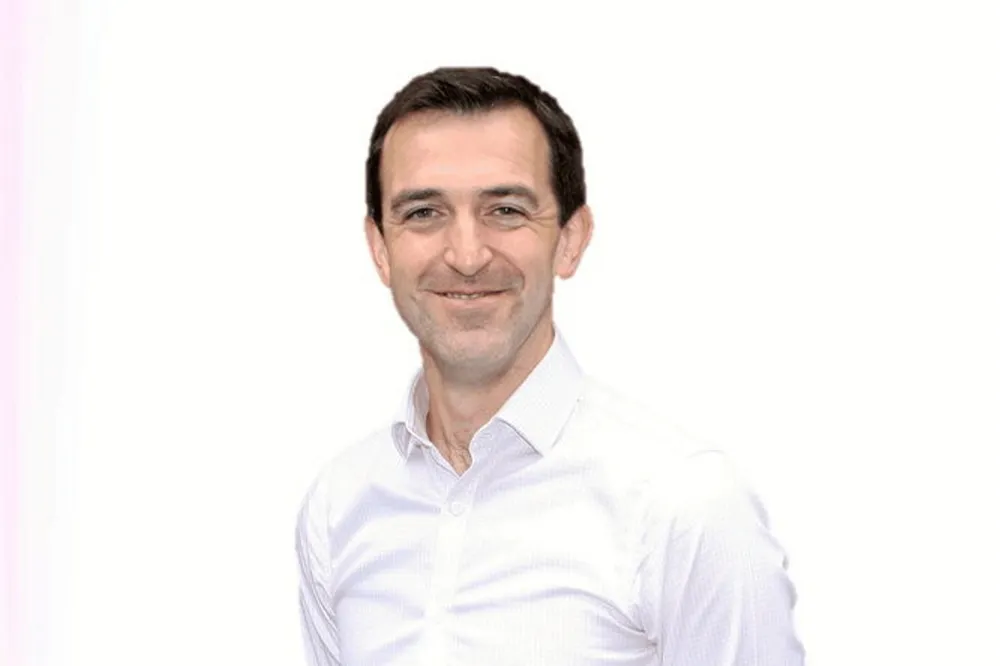New Japanese renewables player JERA Nex eyes onshore growth
Spin-off from power giant wants to build up 20GW of renewables capacity by 2035, with a weighting toward growth on land

JERA Nex, the green power operation launched by Japan’s largest energy group earlier this year, will lean on onshore renewables for faster growth as it pursues its target of reaching 20GW of capacity by 2035, said executives.
About a third of JERA Nex's current renewables capacity of 3.4GW is offshore wind, and with Parkwind’s "concrete" pipeline of up to 5GW, and with new offshore projects in markets as diverse as Japan, Australia and Norway, that segment of the company’s portfolio is set to remain key.
The offshore wind portfolio includes Parkwind’s operational assets in Belgium, the Ishikari Bay wind farm, which started commercial production in Japan earlier this year, and Formosa in Taiwan.
In the early development phase, JERA Nex has projects such as the 315MW Katagami wind farm in Japan and the 1.5GW Sorlige Nordsjo in Norway.
In Australia, Jera Nex was one of the first companies to obtain a feasibility licence off the state of Victoria and the 1GW Blue Mackerel North project is also in the development phase. A second Australia project may follow as JERA Nex has high hopes of obtaining a feasibility licence to develop the 1GW-plus Spinifex offshore wind farm off Southwest Victoria.
Onshore ambitions
But the company also has onshore assets in markets as diverse as India, Vietnam and the US, and its growth strategy states that about 14GW of the targeted capacity for 2035 will be from onshore assets, perhaps reflecting the experience of a company that came into being at the tail end of a cycle of inflation and high interest rates which was particularly tough on the offshore wind sector.
“At the moment, I wouldn't say that there is a hard and fast rule, but generally speaking we see there being huge potential for growth in onshore, particularly in the Asia-Pacific region and in the US,” said Richard Scott, vice-president for global construction & development (onshore), with JERA Nex.
“I think from an offshore perspective… we don't want to be in a situation at this point in time where we bite off more than we can chew.”
Scott stressed that offshore wind is a “fantastic technology to bring into certain markets” but he noted that there tends to be a long lead time, high upfront commitment and significant development expenditure exposure.
“Being too exclusive in offshore wind creates a bit of a portfolio of imbalance, whereas bringing in other technologies that have shorter lead times [and] less upfront exposure allows us to create a more balanced portfolio from a risk management perspective,” he said.
Recent acquisitions in the US include two medium-sized solar parks — one in Louisiana and one in Arkansas — and a new partnership with Catalyst Energy, aimed at expediting and optimising the deployment of clean energy.
Scott was relatively sanguine about prospects after Donald Trump returns to office, despite the president-elect’s hostility to renewables, especially offshore wind, and his promises to roll back parts of the Inflation Reduction Act.
“We've been following it quite closely… and we'd been proceeding on the basis of either scenario. I think right now, we're still digesting and reviewing what it means for US renewables," he added.
"My own view is that it probably is going to have more of an impact in offshore wind in the US than on other technologies, but something we're going to be keeping a close eye on going forward."
(Copyright)